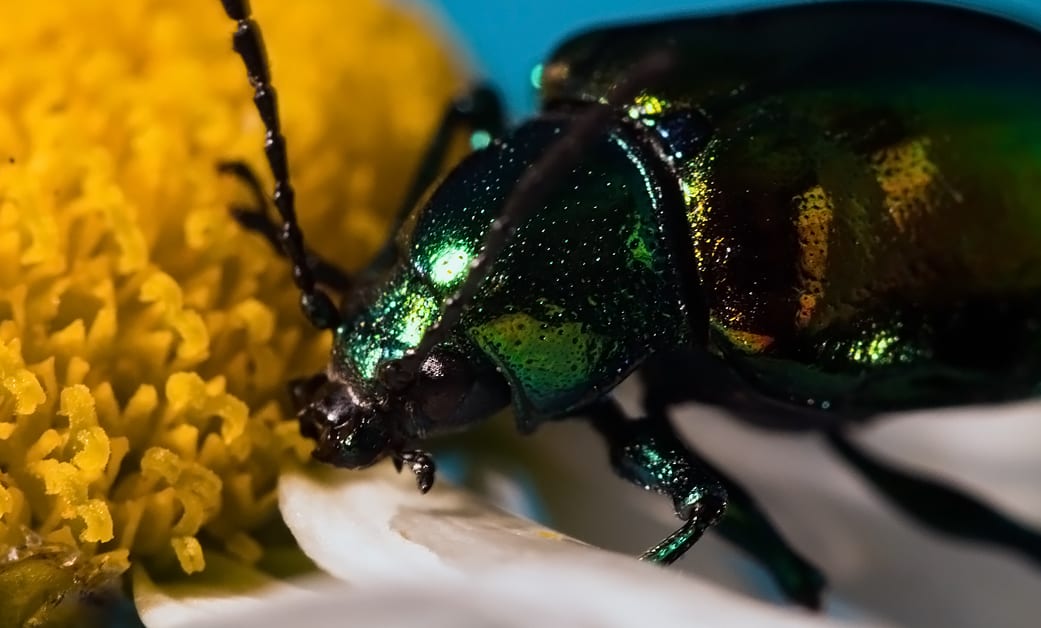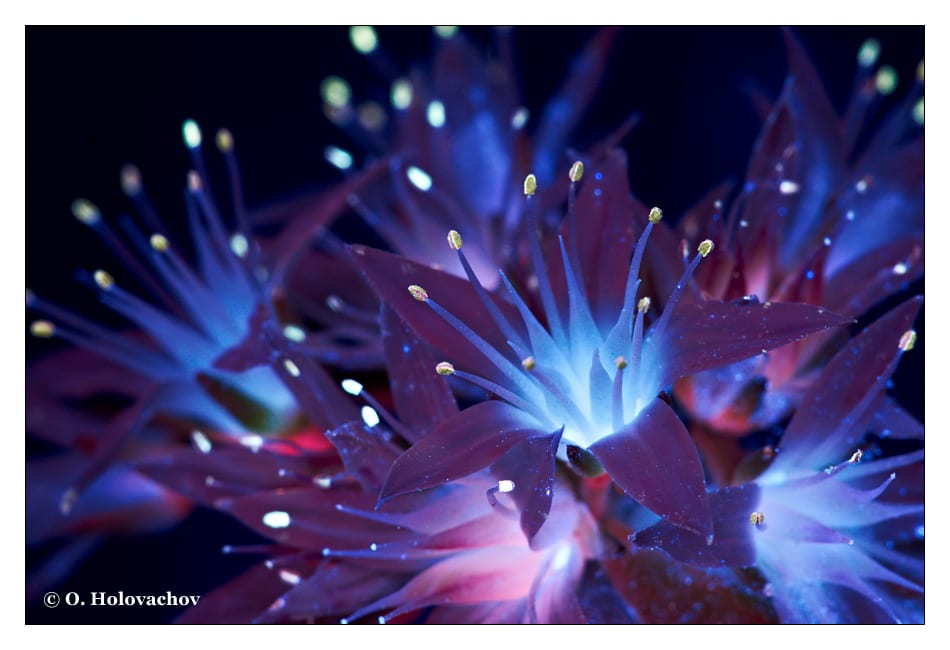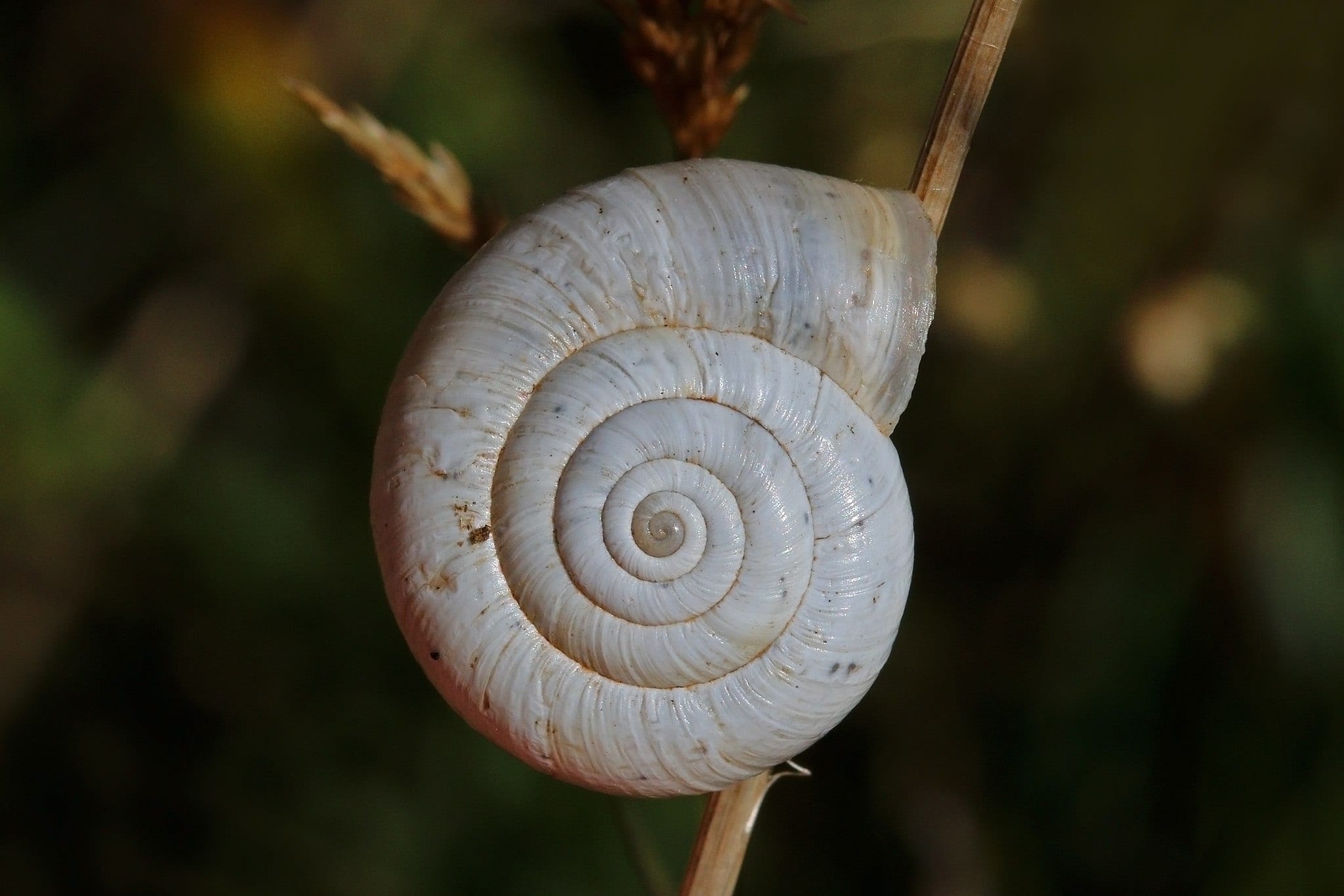
Bright and Bedazzled… Camouflage?
Have you ever looked at the shimmer of a peacock's feathers or the metallic shine of a green June beetle and thought, “I bet those bright colors help that animal blend in with its natural habitat.†No? Well, you wouldn't be alone. When artist and naturalist Abbot Thayler first proposed that iridescence could be a








